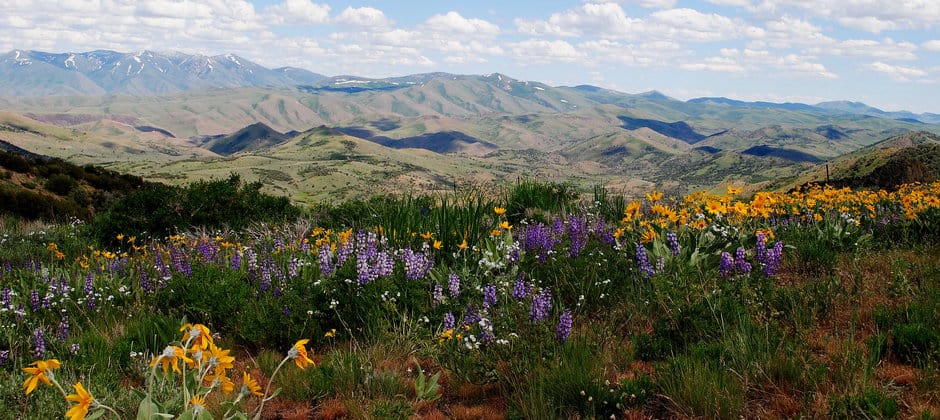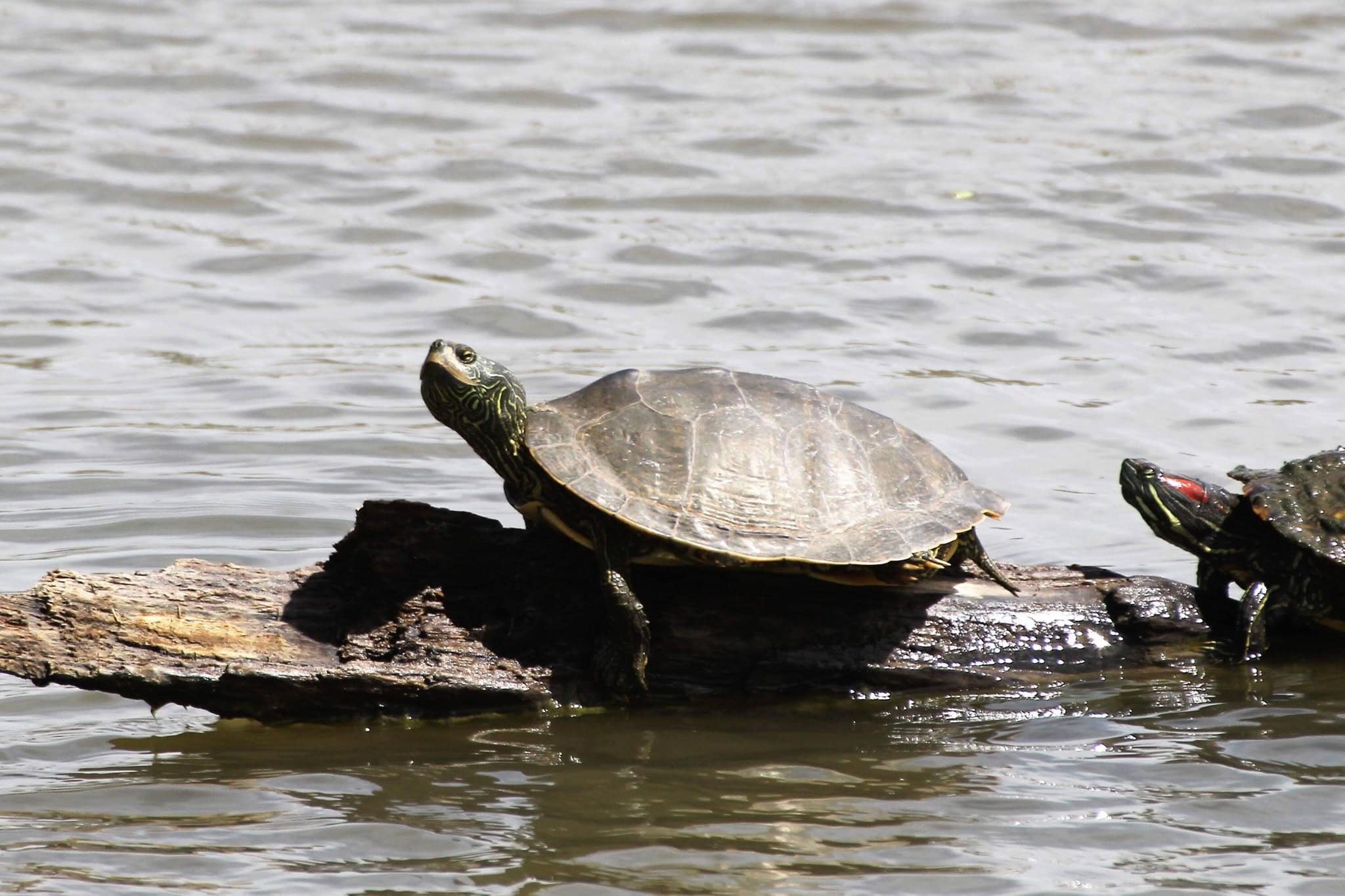Share this article
U.S. Fish and Wildlife Service proposes habitat definition
The U.S. Fish and Wildlife Service released its first-ever proposed definition of “habitat” to be used under the Endangered Species Act.
Neither the ESA nor its implementing regulations include a definition for the term, though it plays a key role in the conservation of threatened and endangered species. The Department of the Interior indicated last year, during regulatory changes to ESA implementation, that a definition for habitat was forthcoming.
“The Wildlife Society is evaluating the proposal to ensure it is scientifically credible and that it will support the conservation and recovery of threatened and endangered species,” said Caroline Murphy, AWB®, government relations manager at The Wildlife Society. “We will be submitting comments to the USFWS during the public comment period.”
The ESA does include a definition for “critical habitat,” and, until now, the USFWS assumed that any area satisfying that definition was habitat. However, a recent Supreme Court decision held that an area must first be identified as “habitat” in order for it to then meet the definition of “critical habitat” as defined by the act.
The ESA defines “critical habitat” as “(i) the specific areas within the geographical area occupied by the species, at the time it is listed … on which are found those physical or biological features (I) essential to the conservation of the species and (II) which may require special management considerations or protection; and (ii) specific areas outside the geographical area occupied by the species at the time it is listed … upon a determination by the Secretary that such areas are essential for the conservation of the species.”
The new proposal would define “habitat” as “the physical places that individuals of a species depend upon to carry out one or more life processes. Habitat includes areas with existing attributes that have the capacity to support individuals of the species.”
The proposal also includes an alternative definition: “the physical places that individuals of a species use to carry out one or more life processes. Habitat includes areas where individuals of the species do not presently exist but have the capacity to support such individuals, only where the necessary attributes to support the species presently exist.”
The USFWS notes that “the proposed regulatory definition of ‘habitat’ would not impose any additional procedural steps or change in how we designate critical habitat, but would instead serve as a regulatory standard to help ensure that unoccupied areas that we designate as critical habitat are ‘habitat’ for the species and are defensible as such.”
Some conservation organizations, such as the National Wildlife Federation, have expressed concern regarding the proposed definition, which they say does not adequately address climate change, habitat fragmentation or other challenges.
A symposium at The Wildlife Society and American Fisheries Society 2019 Joint Annual Conference in Reno, Nevada examined the concept and use of the term “habitat” in scientific literature, exploring both the challenges and opportunities it presents to wildlifers.
USFWS is soliciting comments on both proposed definitions. Comments are due by Sept. 4.
Read TWS’ Standing Position on Threatened and Endangered Species in the U.S.
Header Image: The U.S. Fish and Wildlife Service released a proposed definition of “habitat” under the Endangered Species Act. Credit: Shanell Owen








